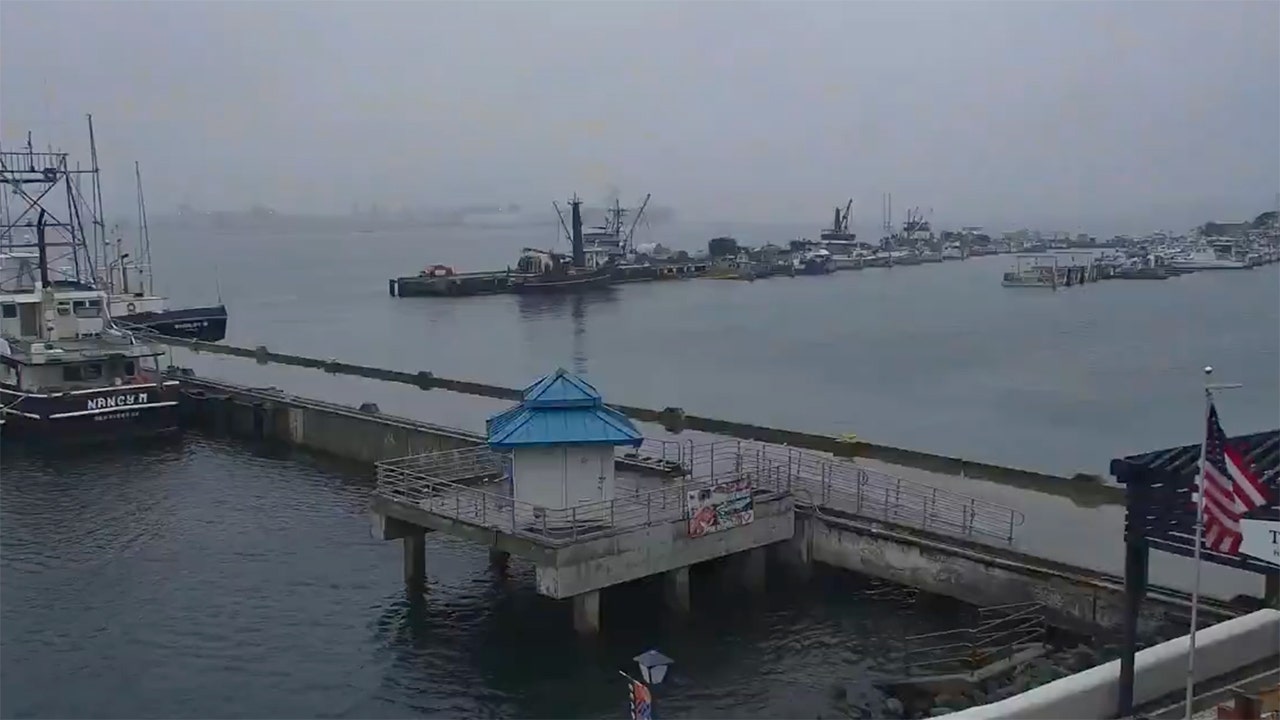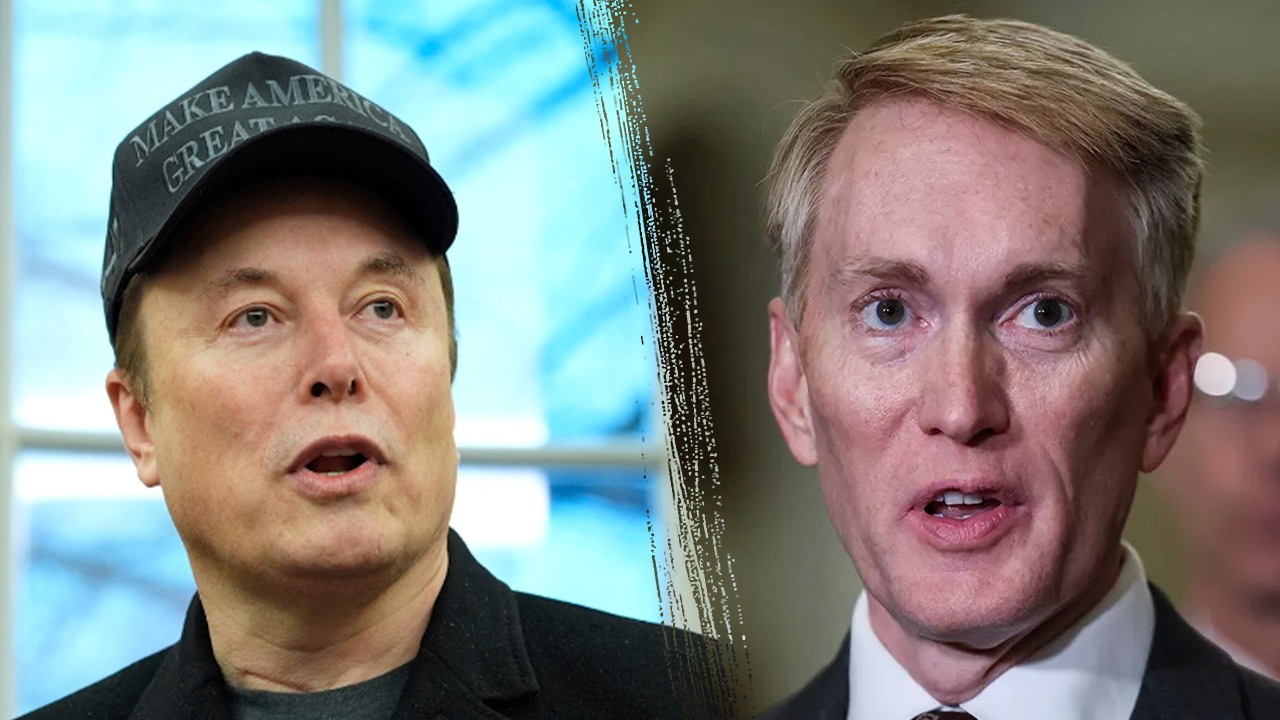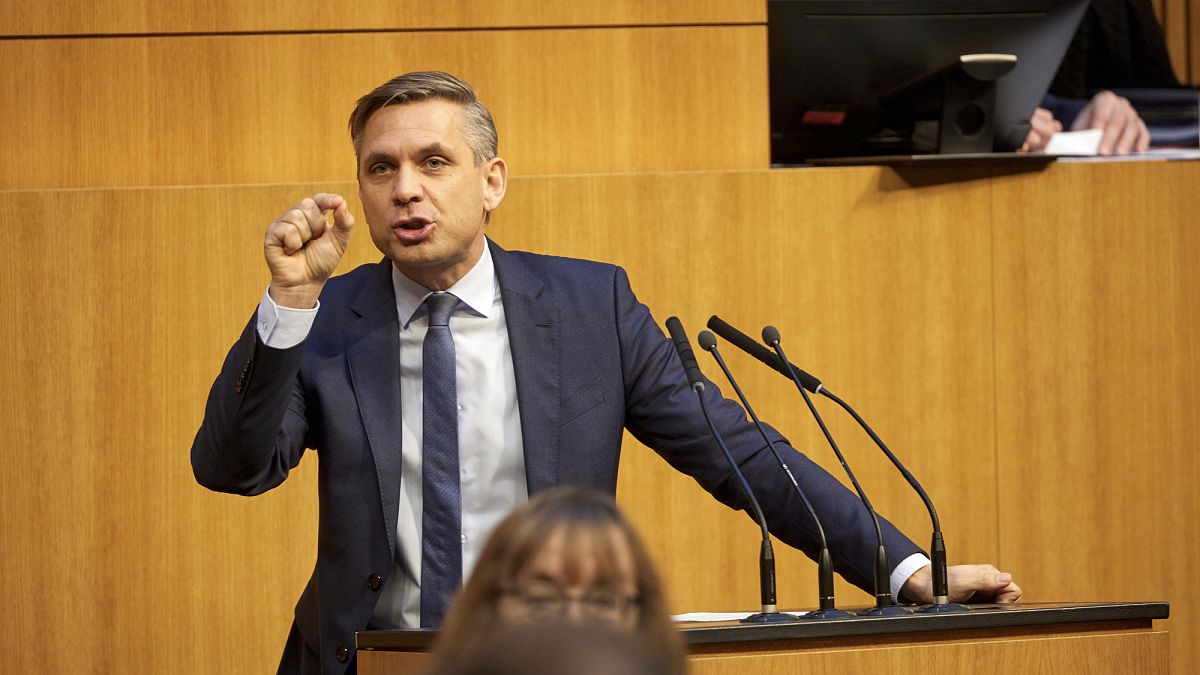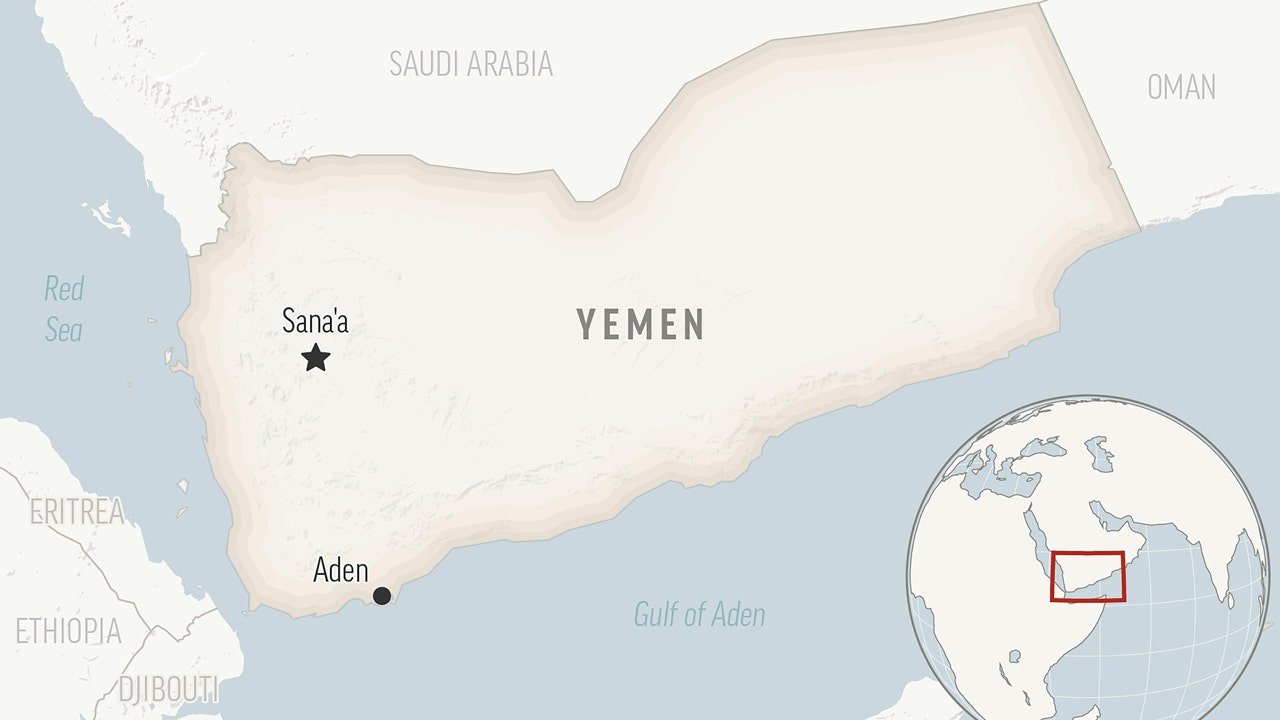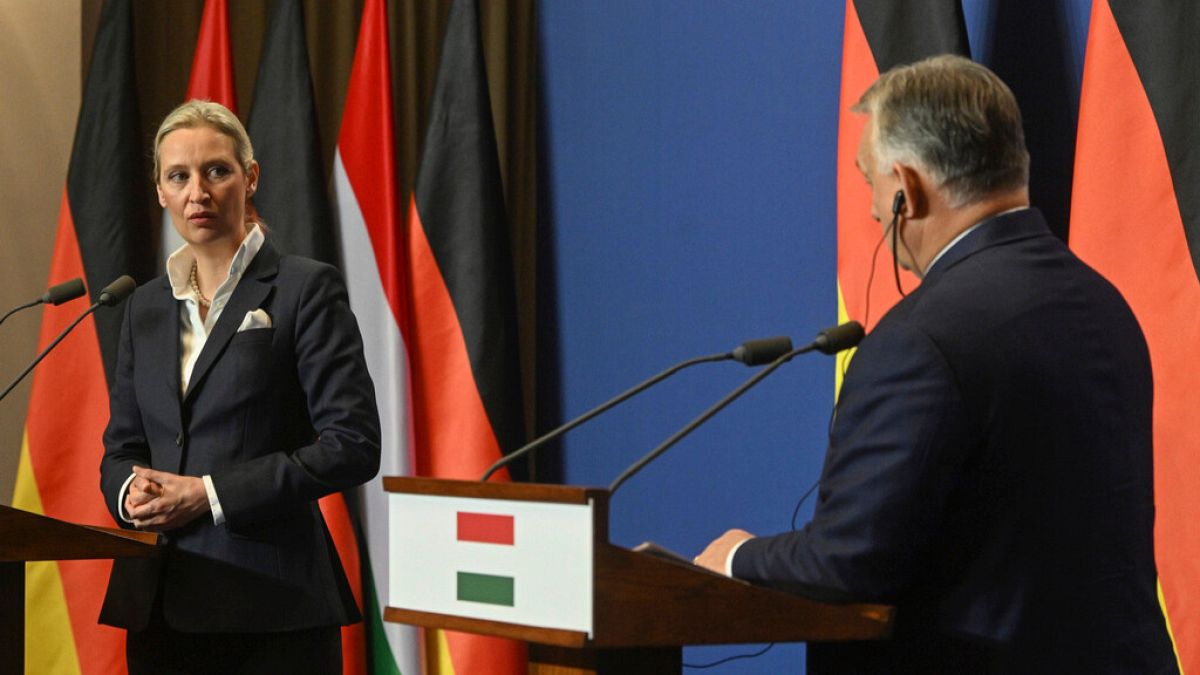In the global push for sustainability, companies across industries are racing to meet ambitious net-zero targets. But achieving true net zero—a state where greenhouse gas emissions are fully offset—requires more than just ambition. It demands innovation that works in the real world. That’s where Hover Energy steps in.
Hover Energy, led by Christopher Griffin (Chris), is not just another renewable energy company. It’s a solution-driven firm that transforms how businesses approach energy generation, integrating wind, solar, and advanced energy management into a seamless, scalable microgrid solution. With its Wind-Powered Microgrid™, Hover Energy offers a reliable, high-efficiency system that delivers continuous power and maximizes renewable energy utilization. But at the heart of Hover’s success is not just its technology—it’s the client-first methodology that defines its culture and innovation strategy.
The origins of Hover Energy trace back to an unexpected ‘aha’ moment. Chris, whose background was in banking, met a group of young inventors trying to solve the inefficiencies of traditional wind turbines. Their challenge was simple but profound: standard horizontal-axis wind turbines (the massive propellers seen in wind farms) could never capture more than 59.3% of available wind energy due to a fundamental design limitation known as the Betz limit.
This limitation troubled Chris. “If I got a 59 on every test, I would fail out of school. Why are we okay with that level of inefficiency?” he recalls. The inventors he met had discovered a better way—a vertical-axis wind turbine that used magnetic levitation to eliminate friction, solve stability issues, and capture wind power more efficiently. This breakthrough was enough to convince Chris to invest in the idea and turn it into a business.
However, the true lightbulb moment came not just from the technology itself but from how clients viewed energy solutions. “I went around talking to developers, architects, and big tech companies, and I realized—they didn’t care about wind turbines. They cared about two things: how much power they could get and what it would cost,” he shares. This insight changed everything. Hover Energy wasn’t just developing a better wind turbine—it was creating a new way to deliver energy that directly addressed the needs of businesses.
Hover Energy’s Wind-Powered Microgrid™ is designed to generate power and to fully optimize it. Every installation is customized based on two key factors. The first one was understanding what the business needs, whether it’s cost savings, sustainability targets, or energy independence. The second most crucial factor was evaluating the location’s available renewable resources, including wind, solar, and other factors.
This tailored approach has set Hover truly apart. Instead of pushing a one-size-fits-all solution, it acts as a consultant, analyzing the client’s energy challenges and designing a solution that meets their needs—whether that includes Hover’s wind turbines, solar panels, or other energy storage systems. “We start with the client’s ‘why’,” Chris explains. “What are they really trying to accomplish? Then we reverse-engineer the solution that best meets that goal”—a system he understood from his expertise in the banking industry.
Hover’s microgrid combines wind and solar with an intelligent energy management system, the MicroGrid Management System™. This system integrates all power sources—wind, solar, and battery storage—into a single, optimized energy stream. The result? Reliable 24/7 renewable energy that is more efficient and cost-effective than relying solely on solar or traditional grid power. Wind turbines generate energy day and night, while solar supplements during daylight hours. Hover’s rooftop wind arrays produce more energy per square foot than solar alone. The system even adapts to each site’s unique energy needs, maximizing the impact of available resources. By designing the microgrid around site-specific consumption patterns, Hover is able to increase efficiency and accelerate optimization.
A critical piece of Hover’s long-term strategy is its partnership with IBM. “IBM’s WatsonX AI and Maximo® Application Suite allows us to take our hardware to the next level,” says Griffin, “The software optimizes energy use in real-time while ensuring its compliance with jurisdictional regulations.”
With IBM’s software overlaying Hover’s hardware, clients gain access to real-time reporting on Scope 1, 2, and 3 emissions—a crucial feature for businesses working toward sustainability goals. “We’re not just helping clients generate power,” Chris emphasizes. “We’re helping them track, manage, and report their progress toward real net zero. And in some cases, we’ve already achieved that for them.”
The name ‘Hover’ Energy name is both literally and symbolically a nod to the magnetically levitated turbines that ‘hover’ over rooftops; a reflection of this visionary founder’s deep belief in stewardship. “I think the commonality for everyone on this planet is that better stewardship ensures a better future for all,” he says. “It doesn’t matter what your personal beliefs are—if we don’t do right by the next generation, then what we’re doing isn’t sustainable in the first place.”
This belief fuels Hover’s mission to challenge outdated energy systems and offer a more efficient, scalable alternative. “We don’t have an energy problem,” Chris argues. “We have an energy conversion problem. And that’s what Hover is solving.”
While Hover’s wind turbines often steal the spotlight, Chris is quick to clarify that they’re just one part of a much larger system. “We’re not just selling wind turbines,” he says. “We’re solving a power problem. And the best way to solve that problem is through comprehensive microgrid technology.”
With expanding partnerships, international installations, and continuous technological advancements, Chris Griffin believes Hover is just getting started. “Every horizontal-axis wind turbine out there today will come down in our lifetime,” he asserts. “The world needs a better answer, and that’s what we’ve built.” Hover Energy isn’t just a perfect fit for net zero—it’s redefining what net zero really means and defining this as ‘real zero.’





